Many scientific projects implemented by NASA for the ISS were later applied on Earth and made our lives more comfortable. We will talk about five developments that will soon change the lives of mankind for the better.
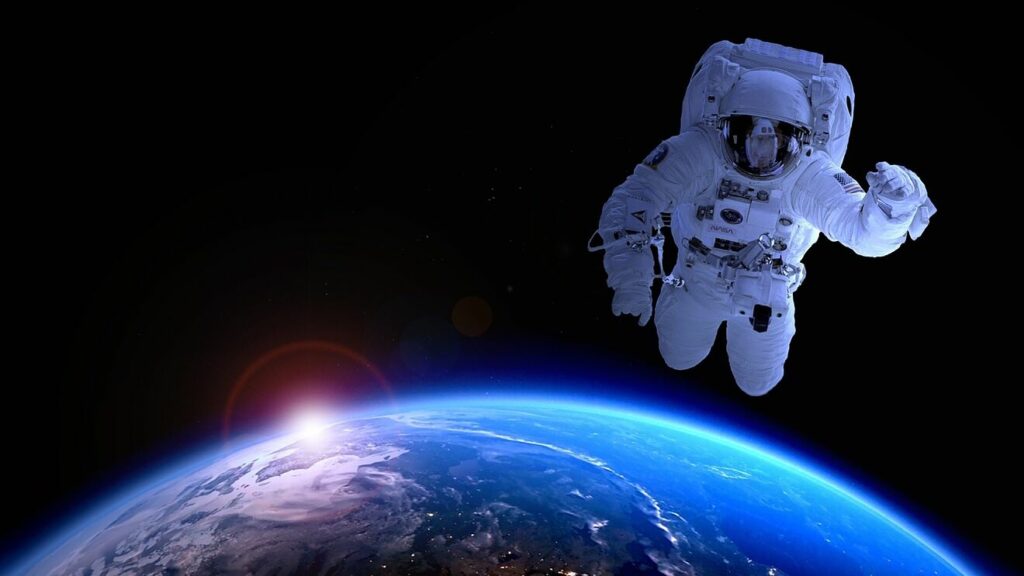
Space science from NASA
Exploring the universe has become a challenge for scientists, because the life of astronauts in orbit is full of difficulties that require non-standard solutions. Simple actions that we do without thinking on Earth, become a problem in weightlessness. A person cannot drink water from a glass, take a shower and simply cook in the usual way. Solving such problems stimulates scientific advance and induces us to look at them from a different angle.
Over time, such solutions find their application on Earth. Much of what changed our lives in the 1980s and 1990s began in space. And this process does not stop. Astronauts are conducting more and more experiments on the ISS. A new portion of incredible science that will improve life is on the way.

LEDs that normalize circadian rhythms
Ever since American astronauts began flying to the International Space Station, their time in orbit was increasing and now it is measured in months. All the lights at the station are artificial and “cold”. Therefore, physicians got concerned with the question of how it affects the sleep and well-being of people who are on the ISS constantly.
The National Space Biomedical Research Institute studied this issue since 1997 to 2017. It quickly became clear that an excess of blue light in the spectrum disrupts melatonin production. This hormone normalizes circadian rhythms, thanks to it we want to sleep in the evening.
But astronauts may have problems with this. Fortunately, engineers came to the aid of doctors. Since 2011, when it became necessary to replace the lighting on the International Space Station, they have experimented a lot with diodes and learned to control the wavelength of these devices. In 2016, new lamps appeared on the ISS, which were adjusted to the crew’s daily routine. In the morning, their light contained a lot of blue rays, and closer to the evening, by the board clock, became softer.
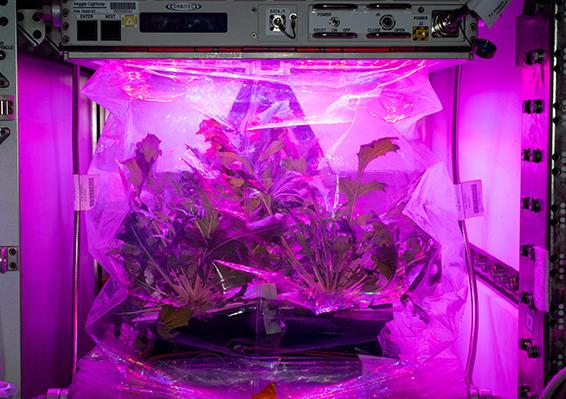
NASA engineers have realized that the new lights are really good, and many on Earth also need them. So they went to work for Lighting Science company, which has been producing diode lamps with different frequencies since the early 2000s. Such lamps are widely used as bactericides.
Now researchers want to give diodes with changeable spectrum to all people. And it’s not just about those who sit for a long time in the evening under the “cold” light and then cannot get asleep after that. Their developments have come in handy for plant lovers.
Vertical farms created by space science
NASA is involved in another, much more global development. They have long been interested in the possibility of providing astronauts in orbit with both oxygen and food. Agriculture allows you to solve both problems at once. However, there are no two important elements in space: natural sunlight and soil.
Initially, NASA conducted experiments with algae. But there is a problem: they are really effective producers of oxygen, but not a decent source of delicious food. Then biologists turned to traditional vegetables and taught them to grow in weightlessness in the absence of soil. Here they turned to advanced hydroponics — a system of supplying roots with water with dissolved nutrients.
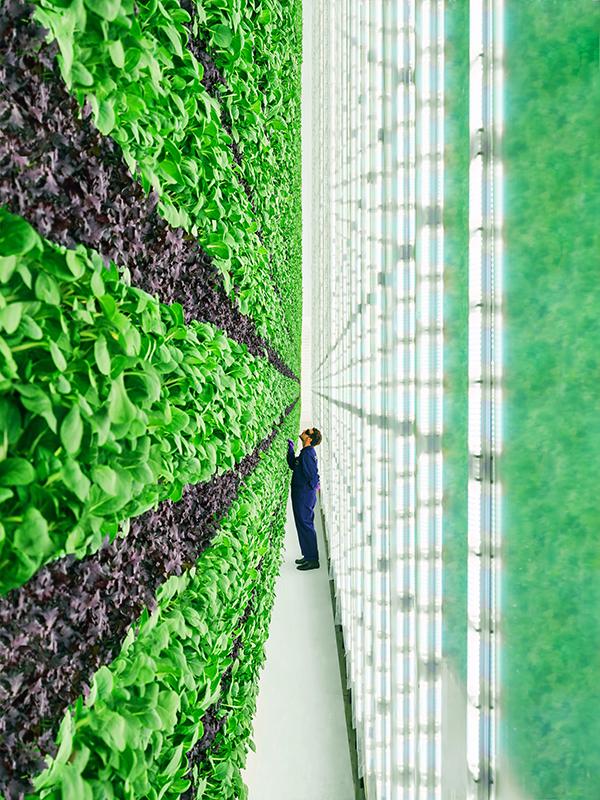
Space science has formulated a new approach to growing plants. Why not just create an artificial environment for them, better than anywhere on Earth. This approach is called agriculture in a controlled environment. According to scientists, by 2050 the world’s population will increase by another 2.3 billion people. And sown areas are not enough to provide them with food now. However, vertical farms, where the plants are located in a kind of cellular walls, are able to solve this problem.
Plenty Unlimited Inc. already creates such farms based on NASA developments. Only 0.8 hectares of these structures can produce as much food as 290 hectares of ordinary gardens. However, scientists advise to turn them into systems with a fully controlled environment. It is proposed to give up pipes for water circulations, and use a porous film instead, through which water with nutrients will be fed to the roots.
The entire system will be controlled by a computer. Temperature, humidity, lighting, speed of water supply to certain sections — all this creates conditions for growth, which were previously unavailable not only in the garden but also in the greenhouse. Thanks to this, you can further increase the productivity of every “acre” of vertical farms.
Diodes with changeable spectrum will be one of the components of the new loop farming system. The fact is that the plants effectively use only part of the sunlight spectrum. Therefore, the new lamps will be able to emit waves of only the required length. This can save a lot of energy.
Vertical farms can be located on the roofs of houses, which will minimize the distance between the place where food is grown and its consumers. Thus we will not only save on transportation, but also partially solve the problem of excessive traffic in cities. In fact, each multi-storey residential complex may be turned in a kind of space station, which provides itself with everything needed.
Science from NASA purifies water
But in order to grow vegetables on vertical farms, you need clean water. Usually the soil acts as a natural filter, which frees it from all impurities. However, humanity has polluted the Earth with a large number of dangerous substances. And one of the most destructive to natural purification of H₂O are chlorine-containing compounds.
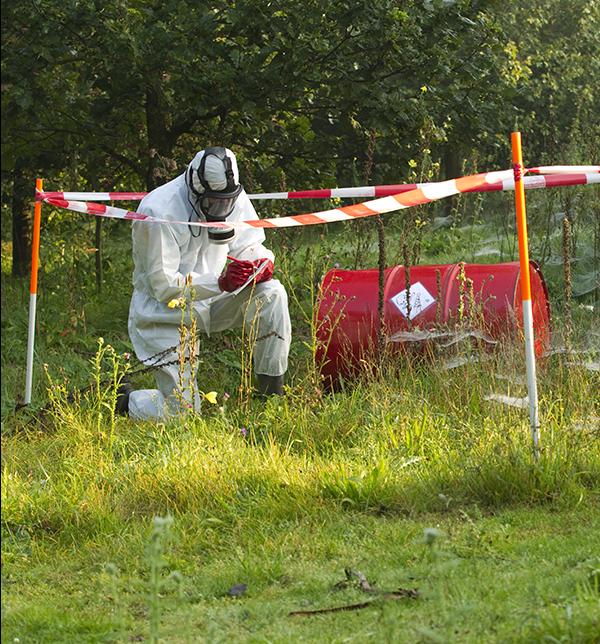
They are most often used as cleaning agents. These compounds are sparingly soluble and quite toxic. They settle in the lower layers of the soil and slowly poison groundwater. It is very difficult to wash them from there. And it was space science that found the answer to a completely terrestrial problem. Emulsified zero valent iron (EZVI) has been the solution to the problem of chlorine-containing pollutants. It was patented in 2005 and soon enough started being used to clean industrial areas.
EZVI is a microscopic iron particle wrapped in an oil emulsion. This simple recipe has proven to be very effective in detoxifying the soil under launch site 34 at Cape Canaveral. The oil attracts hydrophobic substances to the hydrophobic particles, and iron triggers a reaction that destroys them.
Hot water on request
Space science is able to provide people with not only clean but also hot water. At the same time, large tanks, in which heating elements slowly transfer energy to large amounts of water, may soon become a thing of the past.
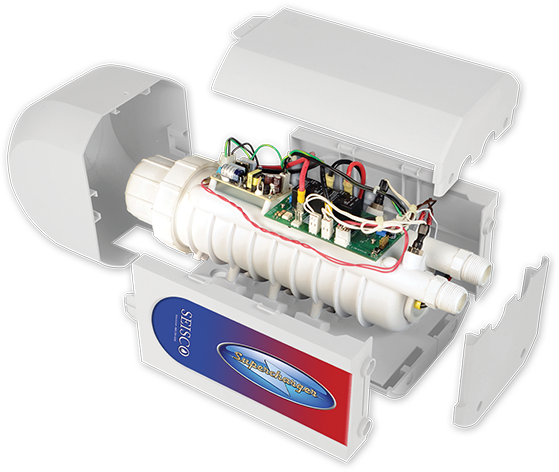
Direct heating systems have been around for decades. However, their low efficiency and manageability have not yet made it possible to use them in the household. The system, developed by NASA engineers, allows you to get unlimited hot water in orbit, so you can take a shower there. And the same is possible on Earth.
The first thing the engineers did was twist a long pipe of water into a spiral around four sequentially arranged heating elements. Due to this, while the liquid goes this way, it has time to warm up almost to boiling.
Of course, such a system requires a lot of energy, but it is more efficient than traditional water heaters. The only problem is that it is very difficult to control the heating. But here automated control systems came to the aid, which are commonly used to control vibration during the launch of spacecraft.
It turned out that they can be used to control the temperature in the pipeline, adequately regulating the power of heaters. So it is possible that soon tankless water heating systems will become an everyday reality in our homes.
Clothes created by science from NASA
Temperature control is one of the most important areas in space. Differences from -200 degrees Celsius to +200 are common in Earth’s orbit.
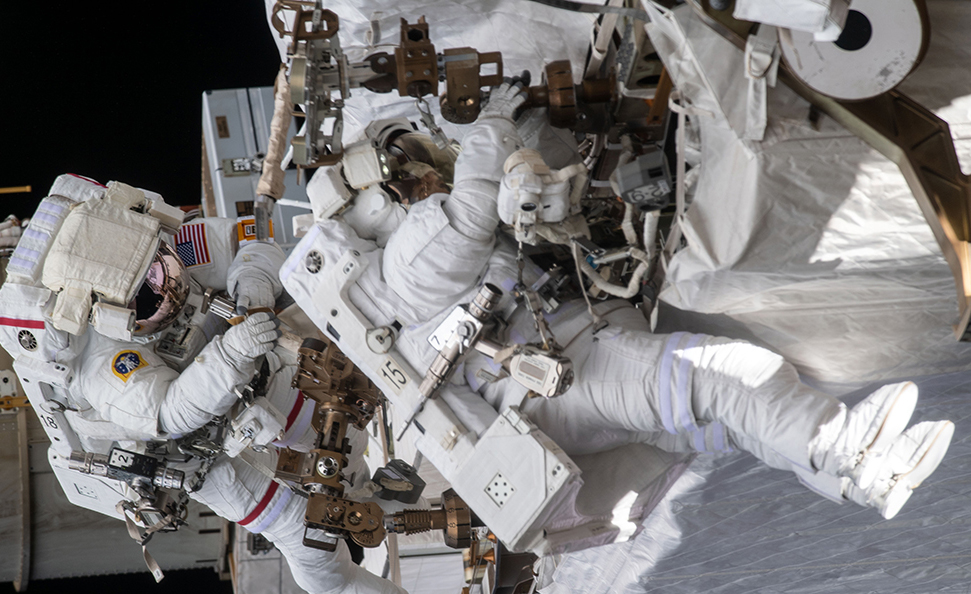
Of course, in such conditions, all astronauts’ suits must somehow equalize the heat differences. The most effective now is the technology of materials with a phase change. It is based on the fact that when a solid is transformed into a liquid, much more energy is absorbed than when simply heated. Similarly, during solidification, the substance gives off a lot of heat to the environment.
In both cases, the phenomenon is called a phase change. Back in the 1980s, NASA began experiments to find such substances, the phase change in which would take place in a controlled manner and at the same time absorb maximum energy. These materials were soon discovered, but went into space only in the XXI century. And then they found application on Earth.
First to pay attention to granules, which, depending on the temperature, become either liquid or solid , were specialists in the world of motor racing. The temperature in the cockpit of the car can reach 45 degrees Celsius. And ordinary thermal underwear does not withstand such tests. But suits made of materials with a phase change showed much better efficiency.
One of the main advantages of materials with a phase change is that the excess energy obtained by overheating does not disappear. It accumulates inside the material, and then is being transferred back to the body, as soon as the outside temperature starts decreasing. That is why this technology is now attracting interest of tourists who face the heat during the day and the cold at night.
Space on Earth
Space is an environment to which man is absolutely not adapted, neither biologically nor historically. Living there, just like on Earth, is impossible. But science can make life in space not only possible but also comfortable. And the quality of life, thanks to science, may be even higher than on Earth.
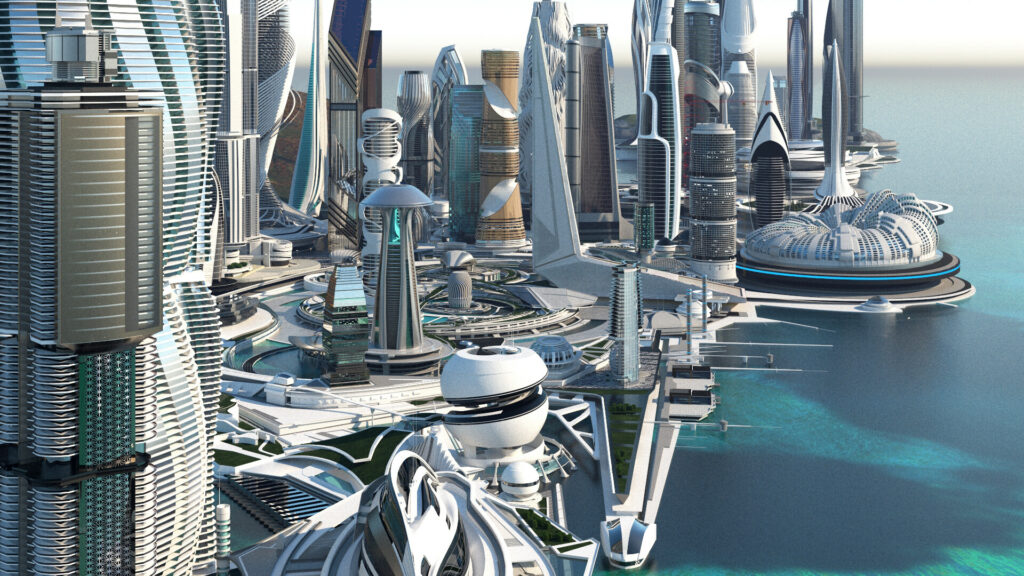
Hostile conditions force us to apply a scientific approach even to things that seem familiar to us. And the answers obtained in the experiments make us wonder if we did right on Earth. Perhaps it is space that will help solve problems that seemed to haunt us forever.
Learn more about NASA technology at Spinoff.nasa.gov

